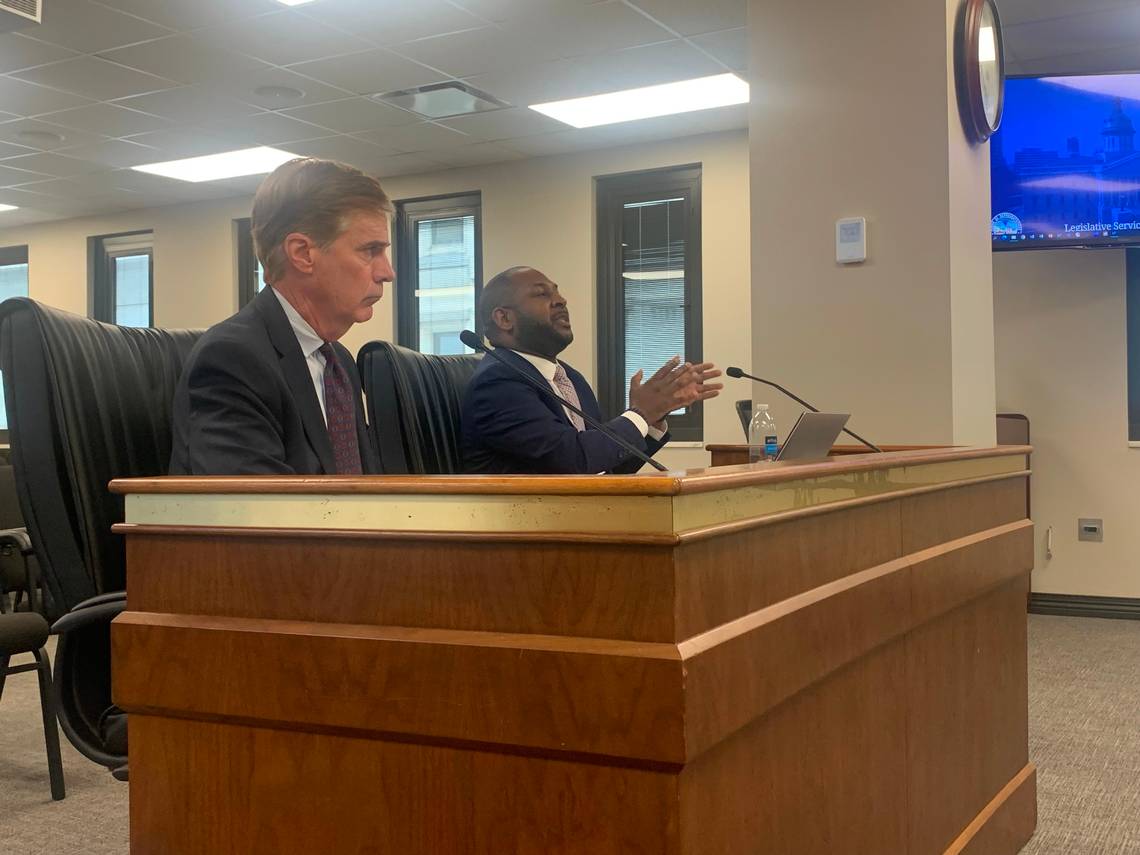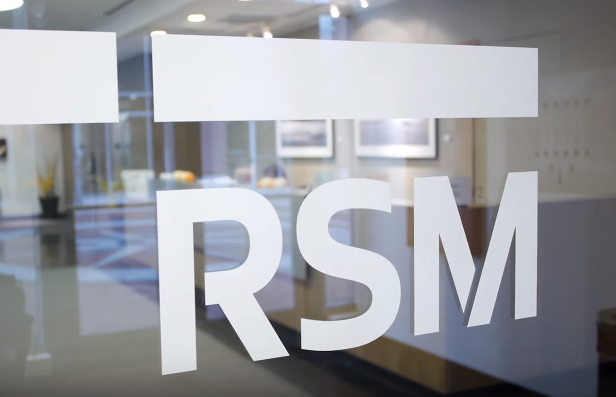The Financial Accounting Standards Board (FASB) has issued an Accounting Standards Update (ASU) intended to improve financial reporting about leasing transactions. The ASU affects all companies and other organizations that lease assets such as real estate, airplanes, and manufacturing equipment.
The ASU will require organizations that lease assets—referred to as “lessees”—to recognize on the balance sheet the assets and liabilities for the rights and obligations created by those leases.
“The new guidance responds to requests from investors and other financial statement users for a more faithful representation of an organization’s leasing activities,” stated FASB Chair Russell G. Golden. “It ends what the U.S. Securities and Exchange Commission and other stakeholders have identified as one of the largest forms of off-balance sheet accounting, while requiring more disclosures related to leasing transactions.
“The guidance also reflects the input we received during our extensive outreach with preparers, auditors, and other practitioners, whose feedback was instrumental in helping us develop a cost-effective, operational standard,” added Mr. Golden.
Under the new guidance, a lessee will be required to recognize assets and liabilities for leases with lease terms of more than 12 months. Consistent with current Generally Accepted Accounting Principles (GAAP), the recognition, measurement, and presentation of expenses and cash flows arising from a lease by a lessee primarily will depend on its classification as a finance or operating lease. However, unlike current GAAP—which requires only capital leases to be recognized on the balance sheet—the new ASU will require both types of leases to be recognized on the balance sheet.
The ASU also will require disclosures to help investors and other financial statement users better understand the amount, timing, and uncertainty of cash flows arising from leases. These disclosures include qualitative and quantitative requirements, providing additional information about the amounts recorded in the financial statements.
The accounting by organizations that own the assets leased by the lessee—also known as lessor accounting—will remain largely unchanged from current GAAP. However, the ASU contains some targeted improvements that are intended to align, where necessary, lessor accounting with the lessee accounting model and with the updated revenue recognition guidance issued in 2014.
The FASB and the International Accounting Standards Board (IASB) first embarked on a joint project in 2006 to improve the financial reporting of leasing activities. Since that time, the FASB and the IASB have issued three documents for public comment that generated more than 1,700 comment letters.
Throughout the project, the FASB and the IASB also conducted extensive outreach with diverse groups of stakeholders. That outreach included more than 200 meetings with preparers and users of financial statements; 15 public roundtables, with more than 180 representatives and organizations; 15 preparer workshops attended by representatives from more than 90 organizations; and 14 meetings with preparers. The FASB and the IASB also met with more than 500 users of financial statements covering a broad range of industries.
The IASB issued its final standard on leases (IFRS 16) on January 13, 2016.
“When the new FASB and IASB leases standards take effect, they’ll provide investors across the globe with more transparent, comparable information about lease obligations held by companies and other organizations,” noted Mr. Golden.
The ASU on leases will take effect for public companies for fiscal years, and interim periods within those fiscal years, beginning after December 15, 2018. For all other organizations, the ASU on leases will take effect for fiscal years beginning after December 15, 2019, and for interim periods within fiscal years beginning after December 15, 2020.
Early application will be permitted for all organizations.
On March 29, 2016, the FASB will host IN FOCUS: FASB Accounting Standards Update on Leases, a live webcast taking place from 1:00 to 2:00 p.m. EDT. The webcast will feature FASB Members Marc Siegel and Daryl Buck discussing the ASU with FASB staff, and answering questions submitted by viewers. Live broadcast viewers will be eligible for up to 1 hour of CPE credit. For more information or to register for the event, click here.
Further information about the ASU—including a FASB In Focus overview, a FASB: Understanding Costs and Benefits document, and a video titled Why a New Leases Standard? —is available at www.fasb.org.
Thanks for reading CPA Practice Advisor!
Subscribe Already registered? Log In
Need more information? Read the FAQs



